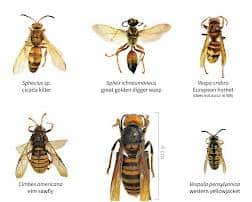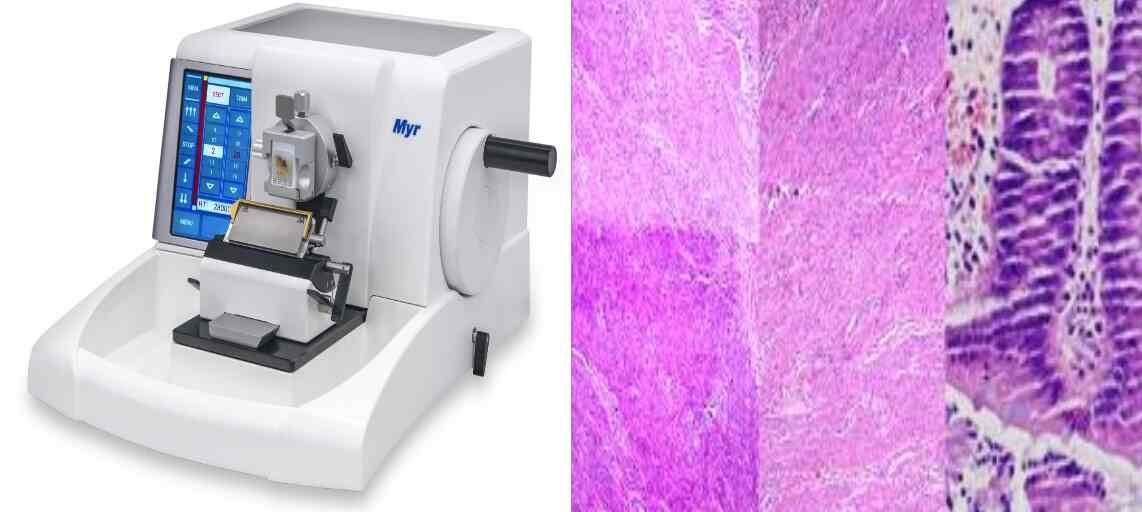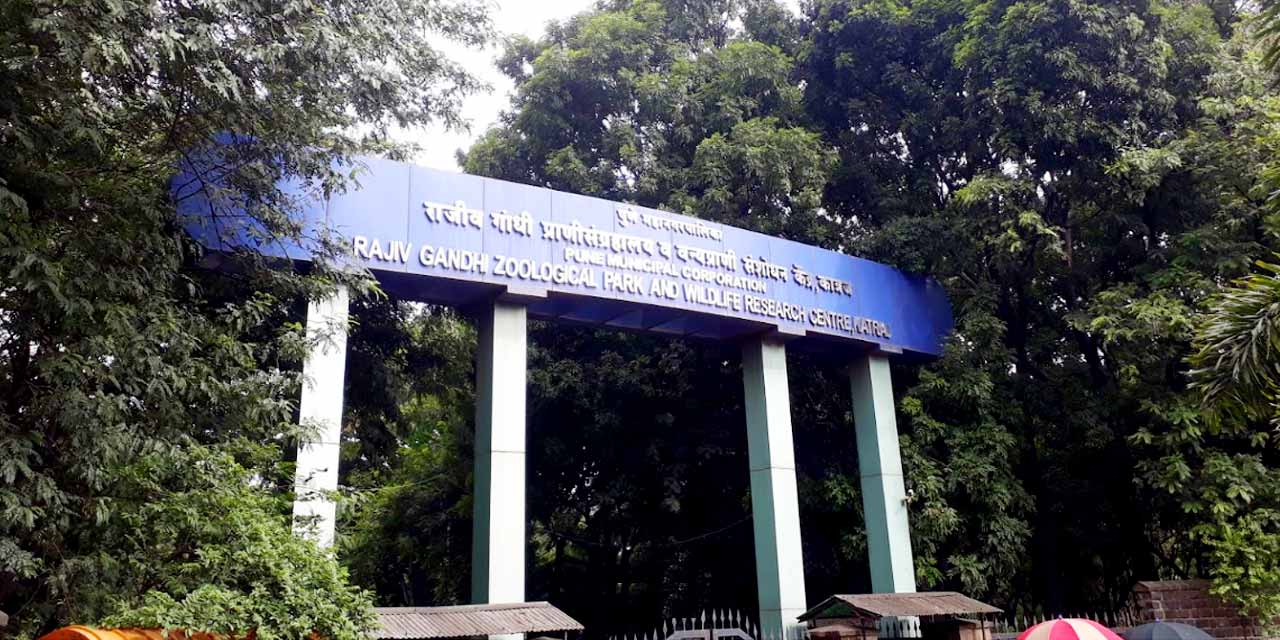Honey Bee Enemies: There are many enemies that assault honey bee colonies. The colonies need proper defense against these threats in order to be managed effectively. Knowing the kind and degree of harm that bee enemies cause, as well as how to stop and manage them, is crucial.?
Honey Bee Enemies
The following is a description of some of the significant adversaries that a beekeeper needs to regularly monitor.
1. Predatory wasps:
Predatory wasps are a large and diverse group of wasps that hunt and kill other insects to feed their young. There are over 30,000 known species of predatory wasps, found in all parts of the world except for Antarctica.
Vespa velutina (V. auraria) – Nests on tree tops/buildings
Vespa magnifica – Under-ground nest.
Vespa tropica (V. cincta) – Underground nest.
Vespa basalis – Nest on tree top/buildings.

Nature of damage:
- The wasps catch the bees at hive entrance and kill them
- Most serious damage in hills is caused by V. magnifica which cuts down bees in large number while sitting or flying at/near hive entrance
- Sometimes even V. basalis has been found causing severe damage to the colonies
- The weak colonies may even perish due to its attack.
Prevention and control:
- Kill the fecunded females visiting the apiary during spring by flapping
- Burn the nests during night time
- In fire prone places destroy the nests by spraying them with strong insecticidal solution.
- Kill the wasps in the apiary by flapping.
2. Wax moth (Galleria mellonella)
Nature and extent of damage:
- The attack is more prevalent during monsoon
- The wax moth larvae tunnel through the mid ribs of the comb and there is presence of small mass of minute wax particles outside the tunnels ‘Honey Bee Enemies’
- In case of severe infestation, further brood rearing is stopped; bees stop field work and colony may abscond.
Prevention and control:
- Close cracks and crevices in the hive. Reduce hive entrance
- Remove combs not covered by bees. Keep the bottom board clean.
Control in storage: Keep spare combs in empty hive bodies in tiers and close both at bottom and top. Disinfect the stack by burning sulphur @ 180 g/ cubic metre (fumigation by sulphur fumes). After fumigation, put naphthalene flakes in moth proof stacks. ‘Honey Bee Enemies’
3. Ectoparasitic mites:
In India, ectoparasitic mites Varroa destructor and Tropilaelaps clareae are causing severe damage to A. mellifera colonies. However, no damage in A. cerana colonies due to these mites has been reported.
Nature of damage:
i) Tropilaelaps clareae: This mite feeds only on bee brood. In case of severe infestation of this mite dead brood is thrown outside the hive by workers. The bee colonies may even abscond if control measures are not adopted. The diagnostic symptoms are:
- irregular brood pattern
- perforated brood capping
- dead or malformed wingless bees at the hive’s entrance
- fast running small brownish mites can also be seen on the infected brood frame.
ii) Varroa mite: This mite develops and reproduces in the sealed brood cells of honey bees feeding on haemolymph of bee pupa. Parasitized individual may die or develop into deformed, weak individual incapable of normal functioning ‘Honey Bee Enemies’
- This mite has caused heavy losses to A. mellifera colonies throughout the world as it reproduces both on drone and worker brood of this species. Although the native host of this mite is A. cerana, yet it is causing no serious damage to it. On A. cerana this mite reproduces only on drone brood and is unable to complete life cycle on worker brood due to slightly shorter developmental period ‘Honey Bee Enemies’
- In India, there was no serious damage in A. mellifera colonies till 2004 due to this mite though reported in 1988 on this species from Himachal. Serious infestation in A. mellifera was recorded in Gurdaspur, Amritsar and Hoshiarpur districts of Punjab in 2004 for the first time and now seriously affecting this bee all over India
- Now it is well known that the mite earlier referred to as Varroa jacobsoni is in fact a species complex consisting of two species V. jacobsoni and V. destructor, each having several strains. Only two strains of V. destructor have become pest of A. mellifera
The symptoms of colony infestation with Varroa are: - Spotty brood pattern ‘Honey Bee Enemies’
- Mite can be seen on adult bee’s body as mature female mite attaches to young adult bee and also feed on haemolymph till further reproduction in the brood cell
- Dead brood and malformed adult bees are seen near/around hive entrance
- Colonies become weak and wounds inflicted by mites make the bees more susceptible to bacterial and viral diseases. ‘Honey Bee Enemies’
Methods of Varroa mite detection:
Open about 50 sealed brood cells and remove pupae using forceps and count number of mites in each cell and pupa. To examine mites on adult bees, take about 100 bees from a colony in a wide mouthed bottle and sprinkle about 15 gram of finely powdered sugar and shake the container after closing its mouth. Fine sugar particles will dislodge the mites as these stick to mite foot pads and disable them to grip the bee body surface. Take a white paper sheet and release the contents over it. The adult bees will fly away whereas mites can be seen in the collected sugar powder. Count the number of mites. Natural mite drop in 24 hours is also taken as assessment tool for mite infestation but for this purpose screened bottom boards (with 8 mesh wire screen) with sticky paper need to be inserted in the bee hives. A drop of more than 30 mites in 24 hours is considered high infestation and requires treatment of bee colony. ‘Honey Bee Enemies’
Prevention and Control:
Various treatments are available, but it’s essential to address mite infestations promptly.
i. Tropilaelaps clareae : Sulphur dusting on top bars @ 200mg/frame
ii. Varroa destructor: Formic acid fumigation @ 50ml/hive in sponge pads covered with perforated polythene bags. Level of mite infestation can be kept low by putting sugar (finely powdered sugar) @ 30g/frame and then sweeping sugar down between the frame spaces using a bee brush. ‘Honey Bee Enemies’
4. Bee louse, Braula coeca:
Wingless fly found on thorax of bee and feeds by coming near mouth close to opening of salivary glands and take the available nourishment. It is not a serious pest.
5. Other Honey Bee enemies:
Birds; bee eater, Merops orientalis and king crow, Dicrurus sp. eat bees while they are flying. To control the menace, scare them away. Attack of ants can be controlled by making the hive ant proof by putting the legs of hive stand in pots containing water. Bears and pine martines are the mammals which attack the bees for honey and bees.
Remember, protecting honey bee colonies from these honey bee enemies ensures their productivity and overall well-being.





